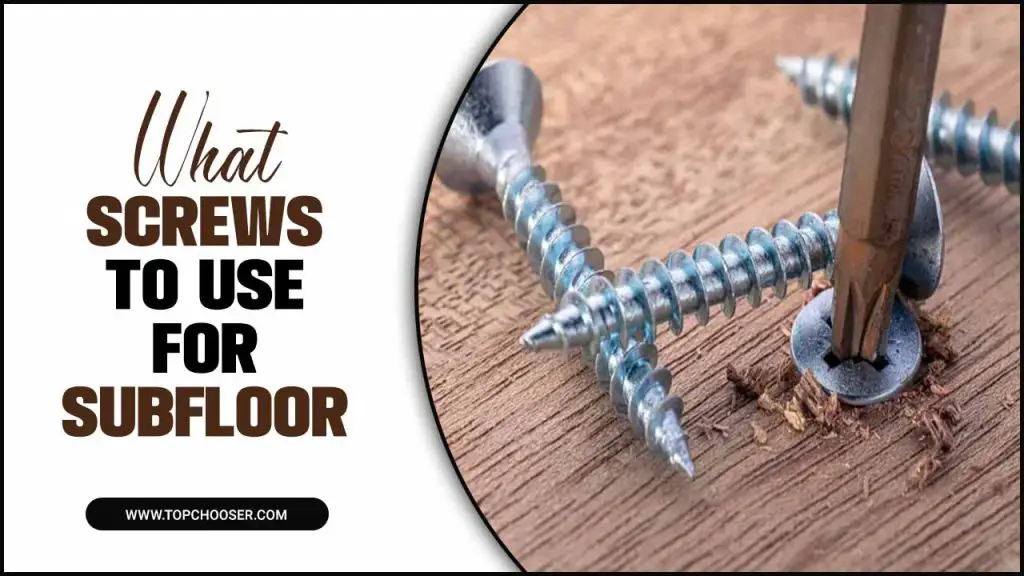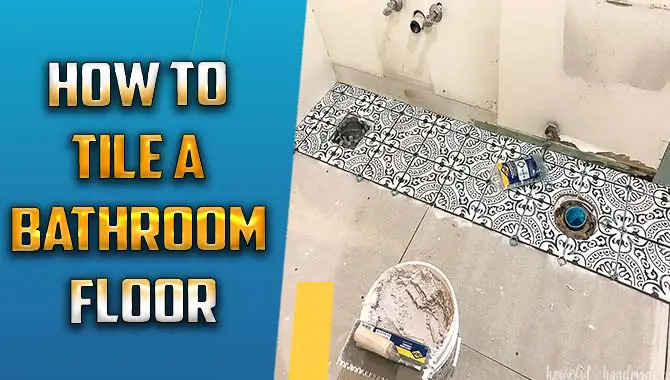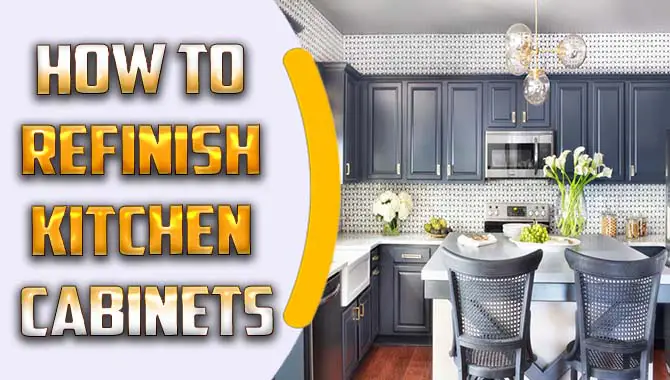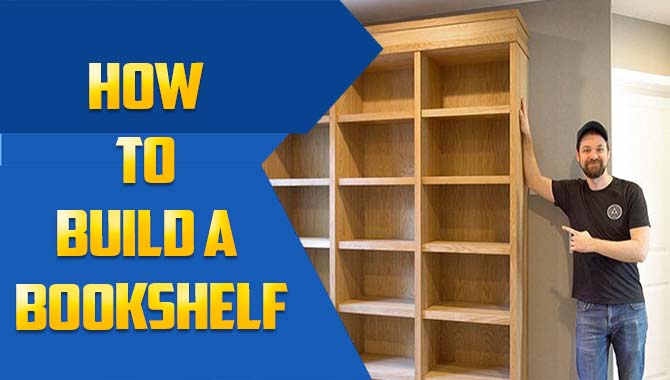Choosing the right screws is crucial for ensuring stability and durability. The type of screws you use will depend on the material of your subfloor, as well as the specific requirements of your project.
In general, it is recommended to use high-quality, corrosion-resistant screws that are designed specifically for subfloor installations. These screws should have a self-drilling feature and be long enough to penetrate the subfloor and floor joists securely. We’ll walk you through everything you need to know on what screws to use for subfloor purposes.
From understanding the different types and sizes of subfloor screws to exploring material and coating options, we’ve got you covered. We’ll also delve into the age-old debate of subfloor screws versus nails and how they can help correct squeaky floors. Get ready to become an expert in all things subfloor screws.
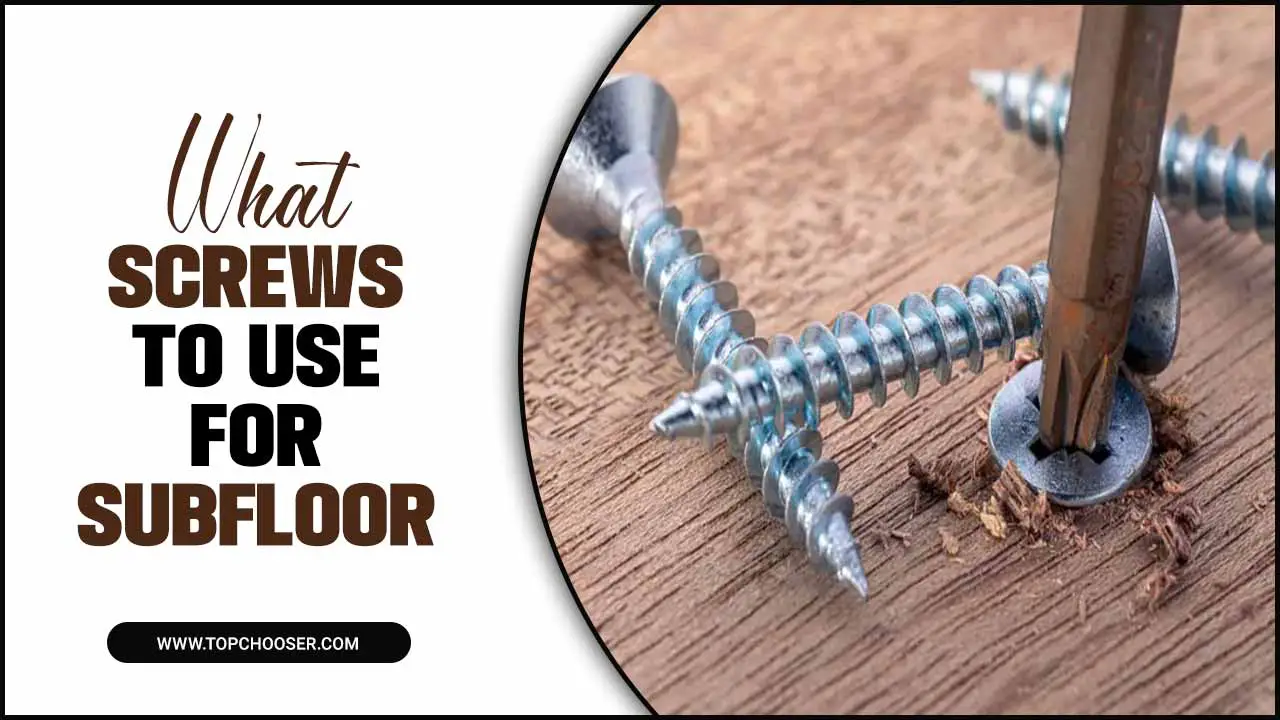
What Screws To Use For Subfloor Purposes? Explained
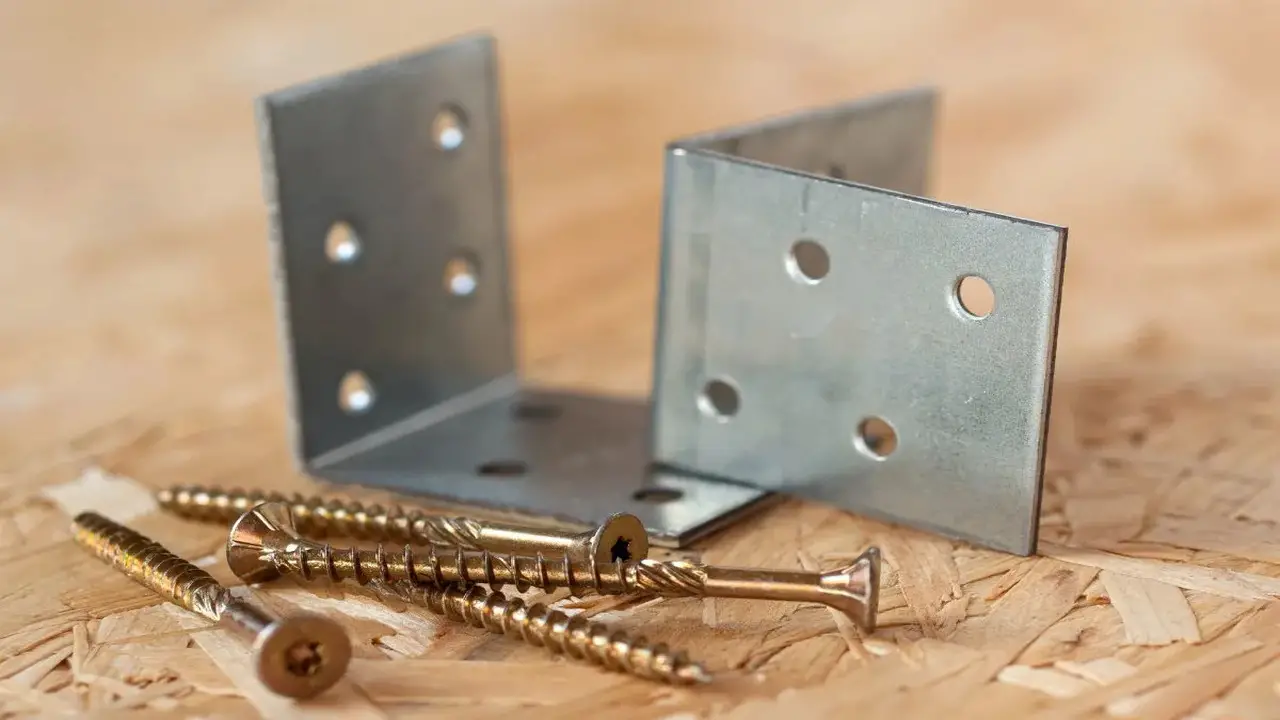
When choosing the right screws for your subfloor, there are a few factors to consider. First and foremost, you should use screws specifically designed for subfloor installation. These screws are typically longer and thicker than standard screws, providing better stability and preventing the subfloor from shifting or squeaking over time.
Coated or galvanized screws can also help protect against rust and corrosion in damp environments. Choosing screws with a flat or countersunk head is also recommended, as this will allow the screw heads to sit flush with the subfloor’s surface, creating a smooth and even finish. Selecting the appropriate screws for your subfloor ensures a secure and durable installation. Here are explained what screws to use for subfloor purposes.
How To Select The Right Subfloor Screws?
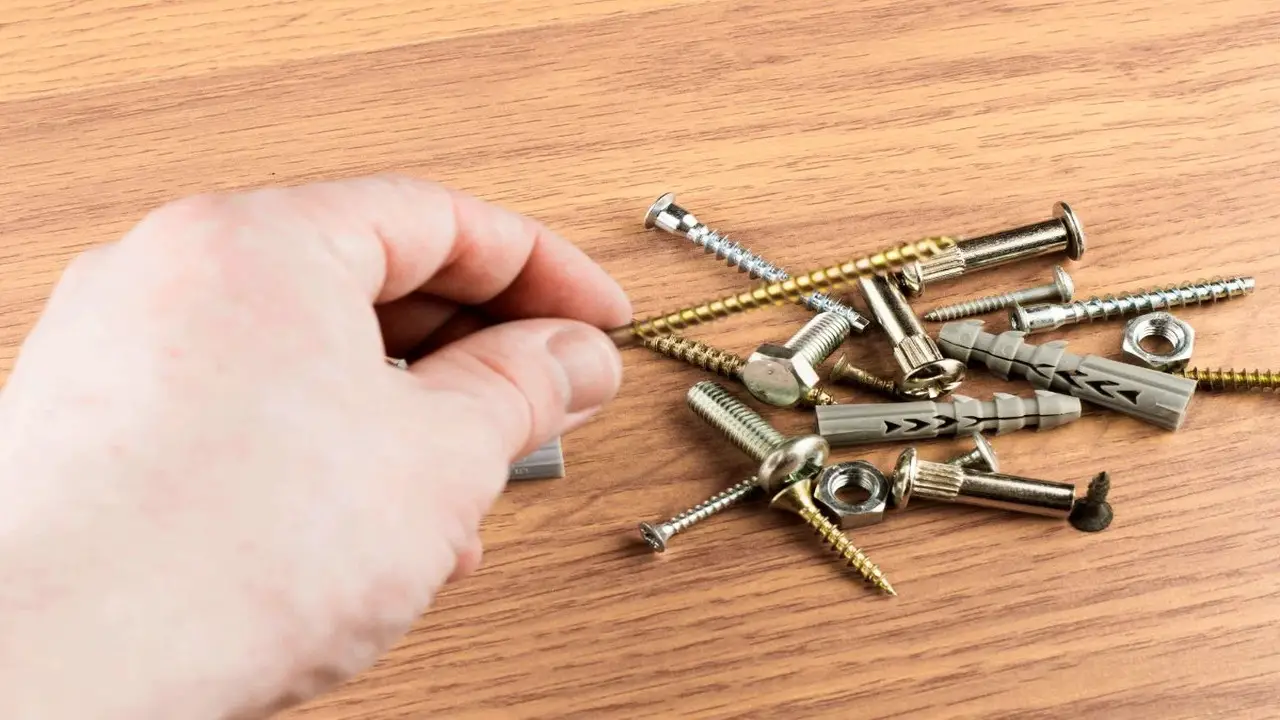
When selecting the right screws for your subfloor, there are a few key factors to consider. First and foremost, choose screws that are specifically designed for subfloor installations. These screws are typically longer and have a coarse thread, which helps provide a secure and sturdy connection between the subfloor and the framing below.
Additionally, it’s important to select corrosion-resistant screws, as subfloors are often exposed to moisture and other environmental factors. Finally, be sure to choose screws that are the appropriate length for your specific subfloor thickness. Considering these factors, you can ensure you use the right screws for your subfloor installation project.
Subfloor Screws Vs. Nails: An Insightful Comparison
Contractors commonly use subfloor screws and nails to secure subflooring materials, but these two fasteners have distinct differences. Regarding holding power, subfloor screws outperform nails, providing a more secure installation that is less likely to loosen over time.
Additionally, screws offer easier removal and replacement options than nails, which can be challenging to remove without damaging the subfloor. The use of screws also allows for better control during installation, ensuring a tighter and more secure subfloor.
Unlike nails, screws help minimize issues like squeaky floors caused by movement and shifting. It’s important to consider the type of subfloor material when choosing between screws and nails, as some materials may require specific fasteners for optimal results.
How Can Subfloor Screws Help Correct Squeaky Floors?
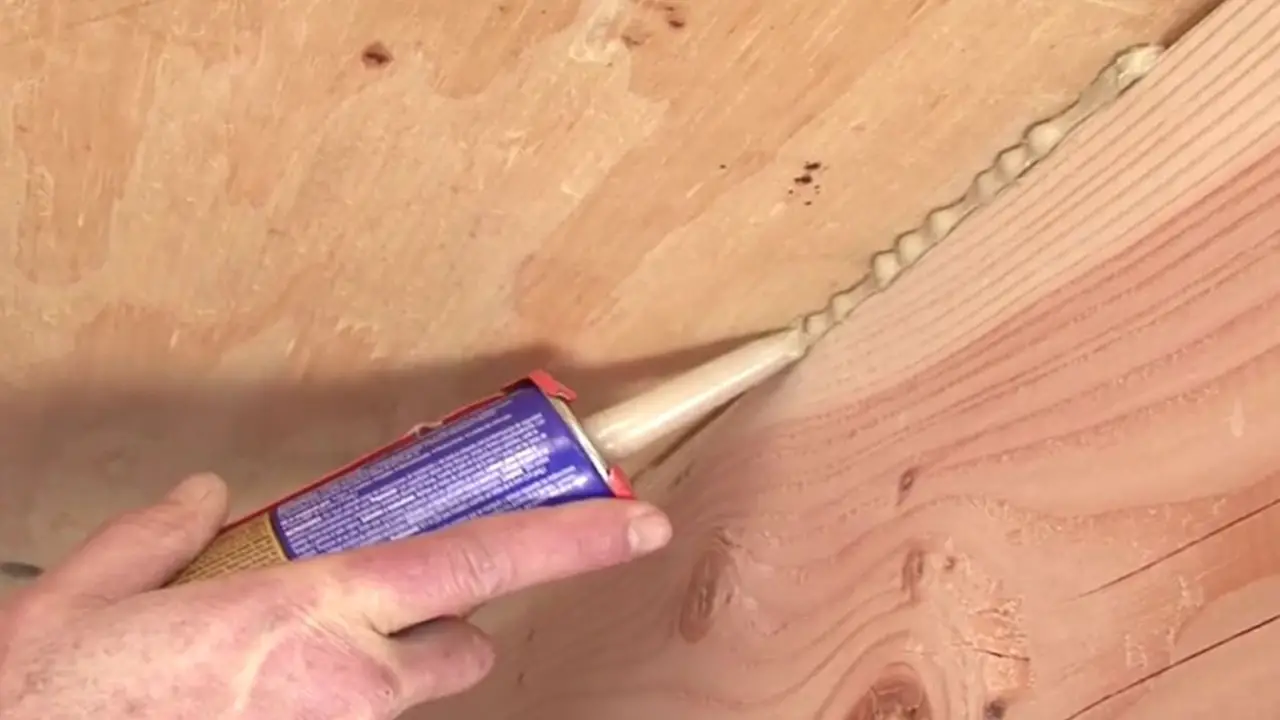
Subfloor screws can be a valuable tool in correcting squeaky floors. When floors start to squeak, it is often due to movement between the subfloor and the floor joists. Using subfloor screws, you can secure the subfloor more securely to the joists, reducing movement and eliminating those annoying squeaks.
The manufacturers designed subfloor screws with a large thread diameter and sharp points to penetrate the wood and create a strong connection. Choosing the right size and length of screws for your specific subflooring material and joist spacing is important. Properly installing subfloor screws lets you enjoy a quieter and more stable floor in your home.
Techniques To Fix Squeaky Floors
To fix squeaky floors, one effective technique is to use subfloor screws. These screws securely fasten the subfloor to the joists, eliminating any movement and reducing friction between the subfloor and the joists. To begin, locate the source of the squeak by walking on different floor areas and listening to the noise. Once identified, remove any existing nails or screws using a screwdriver or drill.
Measure the thickness of your subfloor to determine the length of screws needed. Drive the subfloor screws through the subfloor and into the joists at regular intervals, typically every 6-8 inches along the joist. Ensure that you drive the screws flush with or slightly below the subfloor’s surface to avoid any damage to flooring materials.
Installing A Subfloor Correctly Using Screws
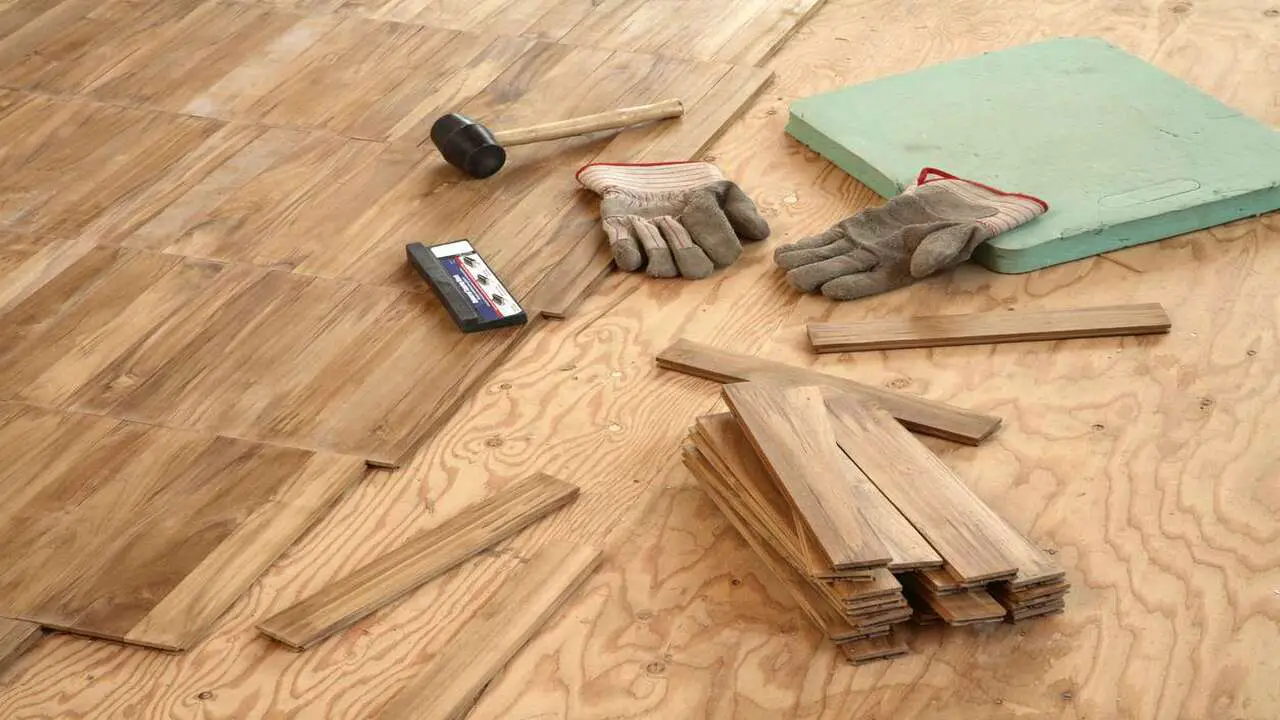
To install a subfloor correctly using screws, choosing the right type of screws for the job is important. Opt for deck screws or subfloor screws, depending on your specific needs. Consider the length and thickness of the screws to ensure they penetrate through the subfloor and into the joists securely.
Proper spacing of the screws along the edges and field of the subfloor is also crucial to prevent squeaks and ensure stability. Use a power drill with a screwdriver bit to drive the screws flush with the subfloor’s surface. Always follow manufacturer guidelines and local building codes when selecting and installing screws for subflooring.
Do’s And Don’ts Of Subfloor Installation
Regarding subfloor installation, using the right screws ensures a secure and sturdy foundation. Here are some do’s and don’ts to keep in mind. By following these do’s and don’ts, you can ensure a successful subfloor installation that provides a solid foundation for your flooring materials.
Dos:
- Use screws specifically designed for subfloor installation. These screws are typically longer and larger than regular wood screws, providing better holding power.
- Choose screws made from strong materials such as stainless steel or coated with corrosion-resistant finishes. This will help prevent rusting and ensure long-lasting durability.
- Space the screws appropriately, typically 6 to 8 inches apart along the edges of the subfloor panels and 12 inches apart in the field.
Don’ts:
- Use nails instead of screws. While nails may be quicker to install, they do not offer the same holding power as screws.
- Use screws that are too short or thin. Inadequate screw length or diameter can lead to a weak subfloor that may squeak or shift over time.
- Overdrive or underdrive the screws. It is important to drive the screws flush with the subfloor’s surface without sinking them too deep or leaving them protruding.
Can Deck Screws Be Used On Subfloor?
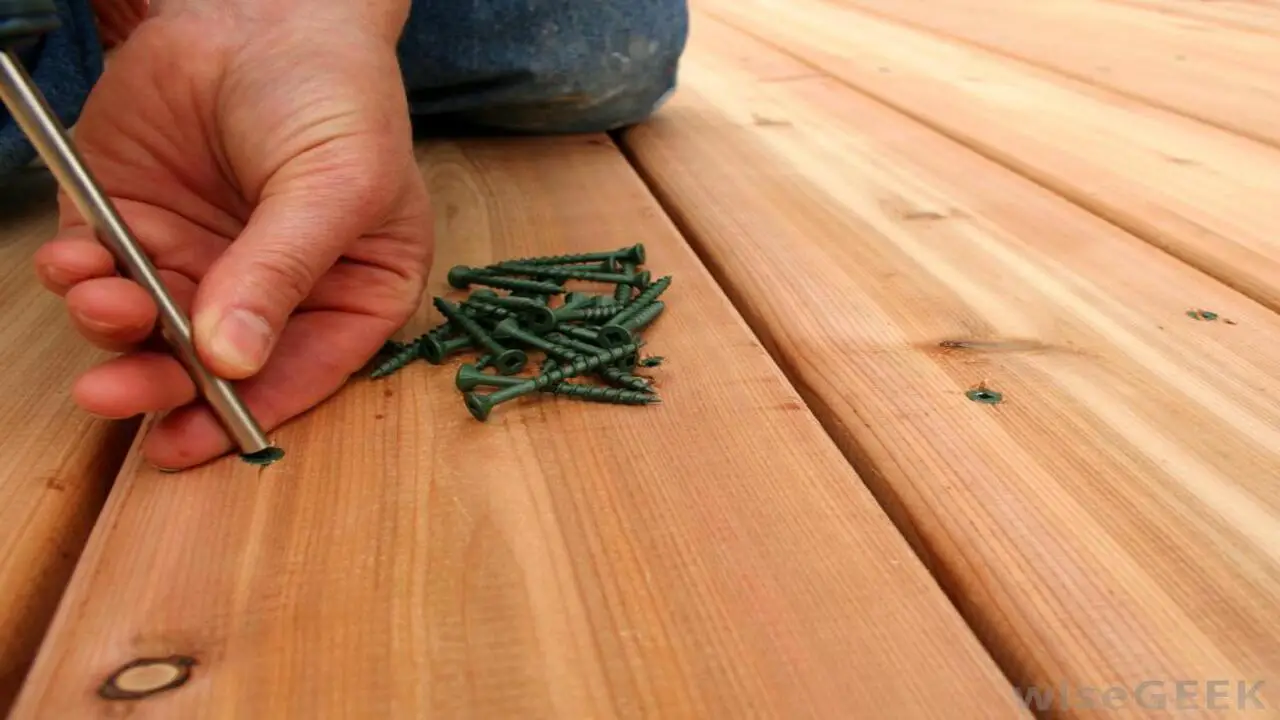
When choosing the right screws for a subfloor, deck screws may not be the best option. Deck screws are designed for outdoor use and can withstand exposure to the elements. They may not provide the strength and stability required for a subfloor.
Subfloors require screws specifically designed for this purpose, such as subfloor screws or flooring screws. Manufacturers typically make these screws of hardened steel with larger diameter and coarse threads.
This helps prevent them from pulling out and provides a secure attachment between the subfloor and the joists. Using the correct type of screws for your subfloor is essential for ensuring a strong and durable foundation for your flooring.
How Many Screws Should Be Used In A 4’x8′ Sheet Of Plywood?
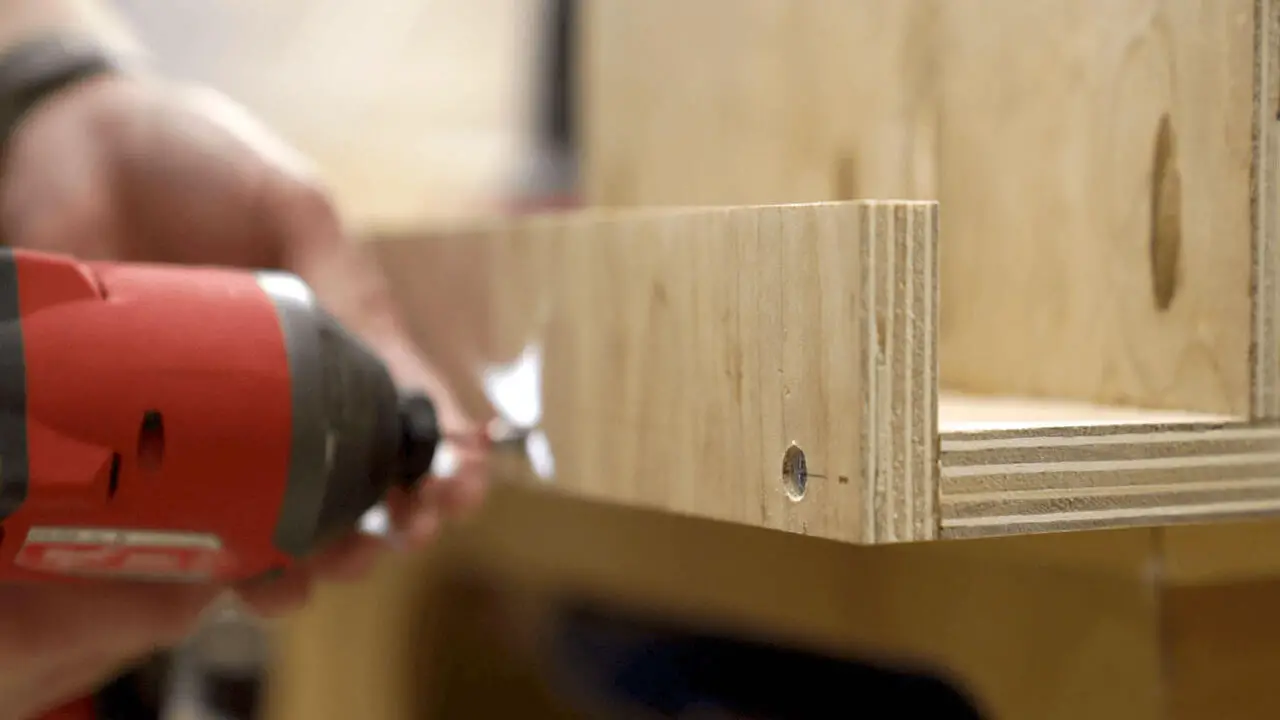
When securing a subfloor, using the right number of screws ensures stability and durability. Generally, it is recommended to use around 16 screws for a standard 4’x8′ sheet of plywood. This means placing a screw approximately every 6 inches along the perimeter and in a grid pattern across the sheet’s interior.
However, it is important to note that the exact number of screws needed may vary depending on the specific subflooring material, thickness, and intended use. It is always best to consult a professional or follow manufacturer guidelines to ensure proper installation and structural integrity.
Conclusion
Choosing the right screws for your subfloor ensures a sturdy and long-lasting foundation. It’s important to consider factors such as screw size, material, coating options, and the number of screws required for proper installation. Using subfloor screws instead of nails can provide added strength and stability to your flooring.
If you’re dealing with squeaky floors, subfloor screws can help correct the issue by securely fastening the subfloor to the joists. When installing a subfloor, following the do’s and don’ts of installation will ensure a successful outcome. While deck screws may seem similar to subfloor screws, it’s best to use specific subfloor screws for this purpose.
Additionally, screws with a thread design specifically engineered for subfloors can help prevent squeaks and ensure a secure installation. Consulting with a professional or referring to manufacturer guidelines can provide further guidance on selecting the appropriate screws for your specific subflooring needs. We hope you now understand what screws to use for subfloor.
Frequently Asked Questions
.What Size Screws To Use For The Subfloor? Ans: The recommended screws for subflooring are typically #8 or #10, with lengths depending on the subfloor thickness and material. For 3/4 inch plywood subfloors, commonly used sizes are 1-5/8 to 2 inches. Using subfloor-specific screws ensures proper installation and stability.
The recommended screws for subflooring are typically #8 or #10, with lengths depending on the subfloor thickness and material. For 3/4 inch plywood subfloors, commonly used sizes are 1-5/8 to 2 inches. Using subfloor-specific screws ensures proper installation and stability.
What Screws To Use On The OSB Subfloor?
When installing an OSB subfloor, it is recommended to use 2 ½ to 3-inch long screws. Coarse-threaded screws with a bugle head work best for this type of subfloor. Ensure the screws penetrate and sink flush with the surface for a secure installation. Using screws specifically designed for subflooring will provide strength and stability.
What Screws Or Nails For The Subfloor?
Regarding subfloor installation, the best screws are typically 1-5/8 to 2 inches long, with a sharp point and coarse thread. We recommend that you use deck screws or flooring screws specifically designed for subfloors. While nails can also be handy, screws provide better-holding power and are less likely to loosen over time. Always follow the manufacturer’s recommendations for the type and size of screws or nails for your subfloor material.
What Size Screws To Use For A Squeaky Subfloor?
To fix a squeaky subfloor, use 2.5-inch or 3-inch screws designed for subfloor installation. Opt for screws with a coarse thread to ensure better grip and stability. Secure the subfloor tightly by placing screws every 6 to 8 inches along the joists.
What Are The Different Types Of Screws That Can Be Used For Subfloor Installation?
The most common screws used for subfloor installation include deck screws and subfloor screws. Deck screws are corrosion-resistant and ideal for outdoor and moisture-prone areas. Subfloor screws have special features like double-threaded shanks or star drives to prevent squeaky floors. Drywall screws and specialty subfloor screws are also options.

I am passionate about home engineering. I specialize in designing, installing, and maintaining heating, ventilation, and air conditioning systems. My goal is to help people stay comfortable in their homes all year long.
